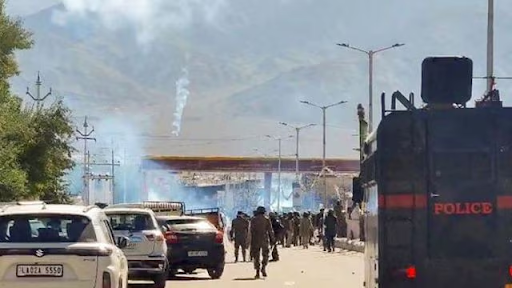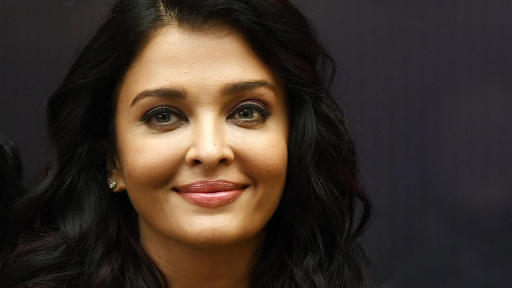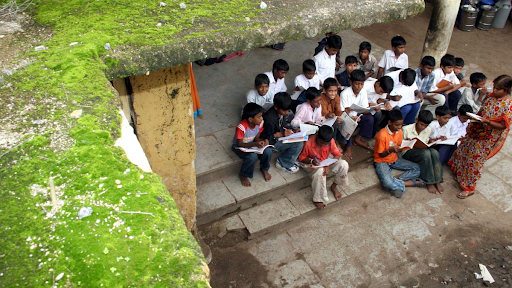Description

Disclaimer: Copyright infringement is not intended.
Context:
- The Centre has stopped funding for the Samagra Shiksha Scheme in three opposition-ruled states that have refused to implement its PM SHRI scheme.
Details:
- The funding has been stopped in West Bengal, Punjab, and Delhi.
- Funds for two quarters amounting to Rs 330 crore, Rs 515 crore, and Rs 1,000 crore for three states, have not been released.
- As per the government, states cannot receive Samagra Shiksha funds without implementing PM SHRI (PM Schools for Rising India), which is part of the program.
The Samagra Shiksha Scheme
- It supports implementation of the Right of Children to Free and Compulsory Education (RTE) Act, 2009 and National Education Policy (NEP) 2020.
- The scheme has been extended for a period of five years i.e., from 2021-22 to 2025-26.
- The Samagra Shiksha scheme is an integrated scheme for school education covering the entire gamut from pre-school to class XII.
- The scheme treats school education as a continuum and is in accordance with Sustainable Development Goal for Education (SDG-4).
|
●The Goal SDG-4.1 states that “By 2030, ensure that all boys and girls complete free, equitable and quality primary and secondary education leading to relevant and effective learning outcomes".
●The SDG 4.5 states that “By 2030, eliminate gender disparities in education and ensure equal access to all levels of Education and vocational training for the vulnerable, including persons with disabilities, indigenous peoples and children in vulnerable situations”
|
- The scheme aims to ensure that all children have access to quality education with an equitable and inclusive classroom environment.
Objectives:
- Implementing the recommendation of NEP 2020;
- Supporting States & UTs in implementing RTE Act, 2009;
- Focus on Early Childhood Care and Education;
- Emphasis on Foundational Literacy and Numeracy;
- Thrust on Holistic, Integrated, Inclusive and activity based Curriculum and Pedagogy;
- Provision of quality education and enhancing learning outcomes of students;
- Bridging Social and Gender Gaps in School Education;
- Ensuring equity and inclusion at all levels of school education;
- Strengthening and up-gradation of SCERTs/SIE and DIETs;
- Ensuring safe, secure and conducive learning environment and minimum standards in schooling provisions;
- Promoting vocationalisation of education
Coverage:
- The scheme covers 16 million schools, over 156 million students and 5.7 million Teachers of Govt. and Aided schools (from pre-primary to senior secondary level) by involving all stakeholders of the school ecosystem i.e. teachers, teacher educators, students, parents, community, school management committees, SCERTs, DIETs, BITEs, Block resource Persons, Cluster resource persons, volunteers for providing quality, inclusive and equitable education.
Funding Pattern:
- The Scheme is being implemented as a Centrally Sponsored Scheme.
- The fund sharing pattern between Centre and States :
- 90:10 for the North-Eastern States and the Himalayan States and 60:40 for all other States and Union Territories with Legislature.
- It is 100% centrally sponsored for Union Territories without Legislature.
Samagra Shiksha supports new pedagogical and curricular structure of school education (5+3+3+4):
3 years in Anganwadi/pre-school and 12 years in school

- Foundational stage (5) : multilevel, play/activity-based learning
- Preparatory Stage (3) : play, discovery, and activity-based and interactive classroom learning
- Middle Stage (3) : experiential learning in the sciences, mathematics, arts, social sciences, and humanities
- Secondary Stage (4) : multidisciplinary study, greater critical thinking, flexibility and student choice of subjects
For PM SHRI scheme refer the article:
https://www.iasgyan.in/daily-current-affairs/pm-shri-scheme
Important articles for reference:
National Education Policy 2020
SDGs
Sources:
|
PRACTICE QUESTION
Q. With reference to the Samagra Shiksha Scheme, consider the following statements:
- The main criticism of the scheme is that it exclusively supports the implementation of the Right to Education (RTE) Act, 2009, without addressing the National Education Policy (NEP) 2020.
- Samagra Shiksha includes provisions for vocational education, but only at the secondary stage.
- The funding pattern for the scheme is uniform across all states, regardless of their geographic or socio-economic status.
Which of the statements given above is/are correct?
(a) 1 and 2 only
(b) 1 and 3 only
(c) 2 and 3 only
(d) None of the above
Answer: d
|












